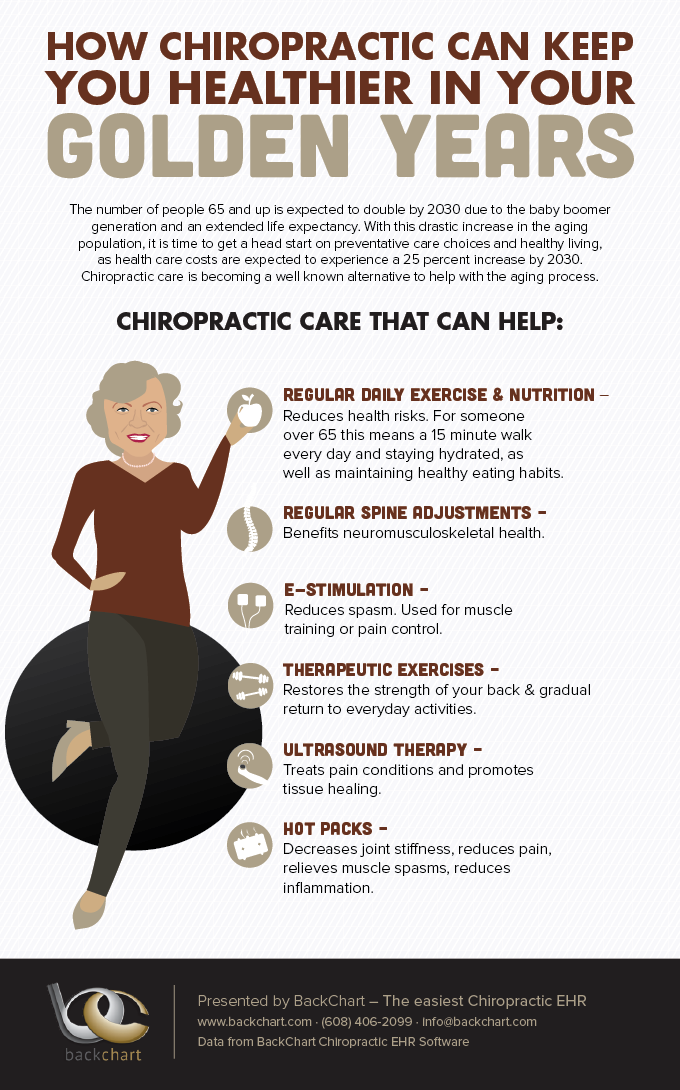Be Prepared To Decipher The Interesting Mobile Interactions Involved In Cold Laser Treatment And Its Use Of Light For The Purpose Of Recovery. Engage Yourself Better Into The Realm Of Science!
Be Prepared To Decipher The Interesting Mobile Interactions Involved In Cold Laser Treatment And Its Use Of Light For The Purpose Of Recovery. Engage Yourself Better Into The Realm Of Science!
Blog Article
Created By-Rush Pedersen
You may have heard of cold laser treatment as an encouraging therapy option for different problems, however have you ever asked yourself just how it in fact services a cellular degree? Comprehending the systems behind this treatment can shed light on its effectiveness in advertising recovery and lowering inflammation. By checking out the scientific research behind cold laser treatment, you'll acquire understandings into the interesting ways in which light can affect mobile procedures and promote tissue repair work.
How Cold Laser Treatment Functions
To comprehend exactly how cold laser therapy works, you require to grasp the fundamental concepts of exactly how light power connects with biological cells. Cold laser treatment, likewise known as low-level laser treatment (LLLT), uses certain wavelengths of light to permeate the skin and target underlying tissues. Unlike the extreme lasers utilized in surgeries, cold lasers release low degrees of light that don't produce warmth or create damages to the tissues.
When these mild light waves get to the cells, they're soaked up by elements called chromophores, such as cytochrome c oxidase in mitochondria. This absorption causes a collection of organic responses, including enhanced mobile power production and the launch of nitric oxide, which boosts blood flow and decreases swelling.
In addition, the light energy can also promote the manufacturing of adenosine triphosphate (ATP), the energy money of cells, helping in cellular repair service and regrowth procedures.
Fundamentally, cold laser treatment takes advantage of the power of light power to promote healing and minimize pain in a non-invasive and gentle way.
Devices of Activity
Just how does cold laser treatment actually work to generate its restorative impacts on biological cells?
Cold laser therapy, likewise known as low-level laser treatment (LLLT), operates through a procedure referred to as photobiomodulation. When stamford quit smoking stamford ct is applied to the skin, the light power passes through the cells and is absorbed by chromophores within the cells.
These chromophores, such as cytochrome c oxidase in the mitochondria, are then stimulated by the light power, resulting in a waterfall of organic responses. One essential system of activity is the improvement of mobile metabolic rate.
The absorbed light power raises ATP manufacturing in the mitochondria, which is critical for cellular function and repair. Additionally, weight loss treatment in white plains to lower inflammation by preventing inflammatory arbitrators and promoting the release of anti-inflammatory cytokines.
This anti-inflammatory impact contributes to pain alleviation and tissue healing.
Healing Effects
Recognizing the restorative results of cold laser therapy entails recognizing how the improved mobile metabolism and anti-inflammatory buildings add to its positive end results on organic cells.
When the cold laser is related to the affected location, it stimulates the mitochondria within the cells, causing enhanced production of adenosine triphosphate (ATP), which is crucial for cellular function and repair. Read the Full Report in mobile energy speeds up the recovery process by advertising cells regrowth and lowering inflammation.
Furthermore, the anti-inflammatory buildings of cold laser therapy assistance to reduce pain and swelling in the targeted area. By inhibiting inflammatory arbitrators and advertising the release of anti-inflammatory cytokines, cold laser treatment aids in relieving pain and enhancing the total recovery action.
This reduction in swelling not just supplies instant relief yet likewise supports long-lasting tissue repair work.
Conclusion
Finally, cold laser treatment functions by stimulating mobile repair service and tissue regrowth through photobiomodulation. Its anti-inflammatory residential properties provide pain alleviation and reduce swelling by preventing inflammatory moderators.
This therapy offers a thorough approach to recovery, delivering both prompt relief and long-lasting cells repair benefits.
With its devices of action, cold laser treatment shows to be an effective and promising therapy choice for a variety of conditions.
